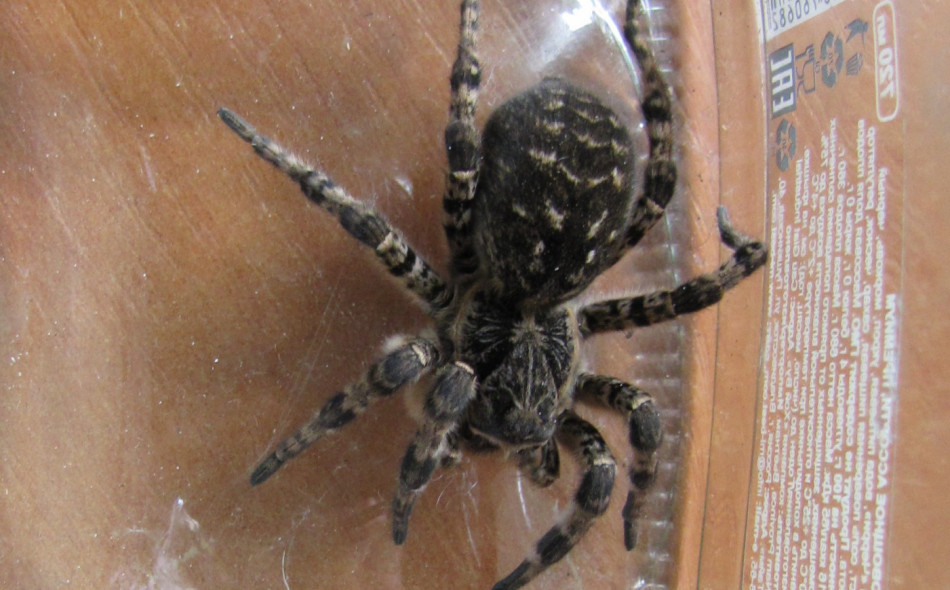

The press service of the Moscow Region Ministry of Ecology has reported on the results of a study aimed at assessing the population of the southern Russian tarantula in the region. Biologists have found that this rare spider is no longer present in its previously recorded habitats in the Luhovitsy and Serebryanye Prudy urban districts.
According to biologists, the disappearance of the southern Russian tarantula population may be linked to the spread of other arachnids and insects. In areas where the species once lived, specialists recorded several dozen burrows of labyrinth spiders and several thousand burrows of ground bees. Competition with these species could have negatively impacted the tarantulas.
"Nevertheless, there is evidence of two observations of the southern Russian tarantula within the boundaries of Moscow Region settlements, as well as one observation on the territory of the experimental field of the Timiryazev Russian State Agrarian University in Moscow. Apparently, these findings were the result of the unintentional introduction of the spider from more southern regions," the report says.
Biologists do not rule out the possibility that tarantulas may form temporary populations. Therefore, it is too early to say that the spider no longer inhabits the Moscow Region. Scientists will continue to monitor this rare species.
The southern Russian tarantula prefers to live in forest-steppe, steppe, and semi-desert zones. Its venom is not deadly to humans or large animals. The entire life of tarantulas is connected to the earth, so they do not use trapping nets but rely on a sudden ambush attack.
